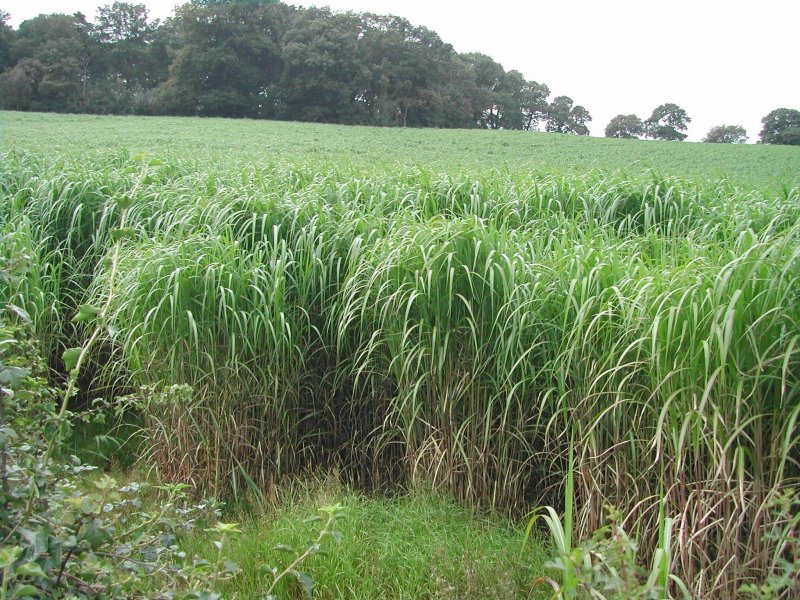
How To Grow Elephant Grass From Seed Dlium Elephant grass (Pennisetum purpureum) in 2020
Elephant grass is a species of grass that can grow in the driest areas of the world, such as on the side of a hill, where it holds the soil and keeps it from eroding. It also has low requirements for water and nutrients, making it easy to care for in this environment.

Elephant grass (Pennisetum purpureum) Stock Image C030/1118 Science Photo Library
Noteworthy Characteristics. Pennisetum purpureum, often commonly called napier grass, cane grass or elephant grass, is a large, tender perennial grass native to tropical and sub-Saharan Africa but has been widely introduced to tropical and subtropical regions around world as a forage crop and ornamental grass.It is a rapid-growing, clump or colony-forming grass that produces upright arching.

Miscanthus sinensis 'Gaa' (Elephant Grass, Miscanthus) Information, Pictures & Cultivation Tips
Common name: Eulalia, elephant grass Miscanthus are reliable grasses that provide interest over a long period. Fountains of foliage grow up in early summer and bear plumes of white or pink flowers in late summer. As winter approaches these bleach into shades of biscuity brown.
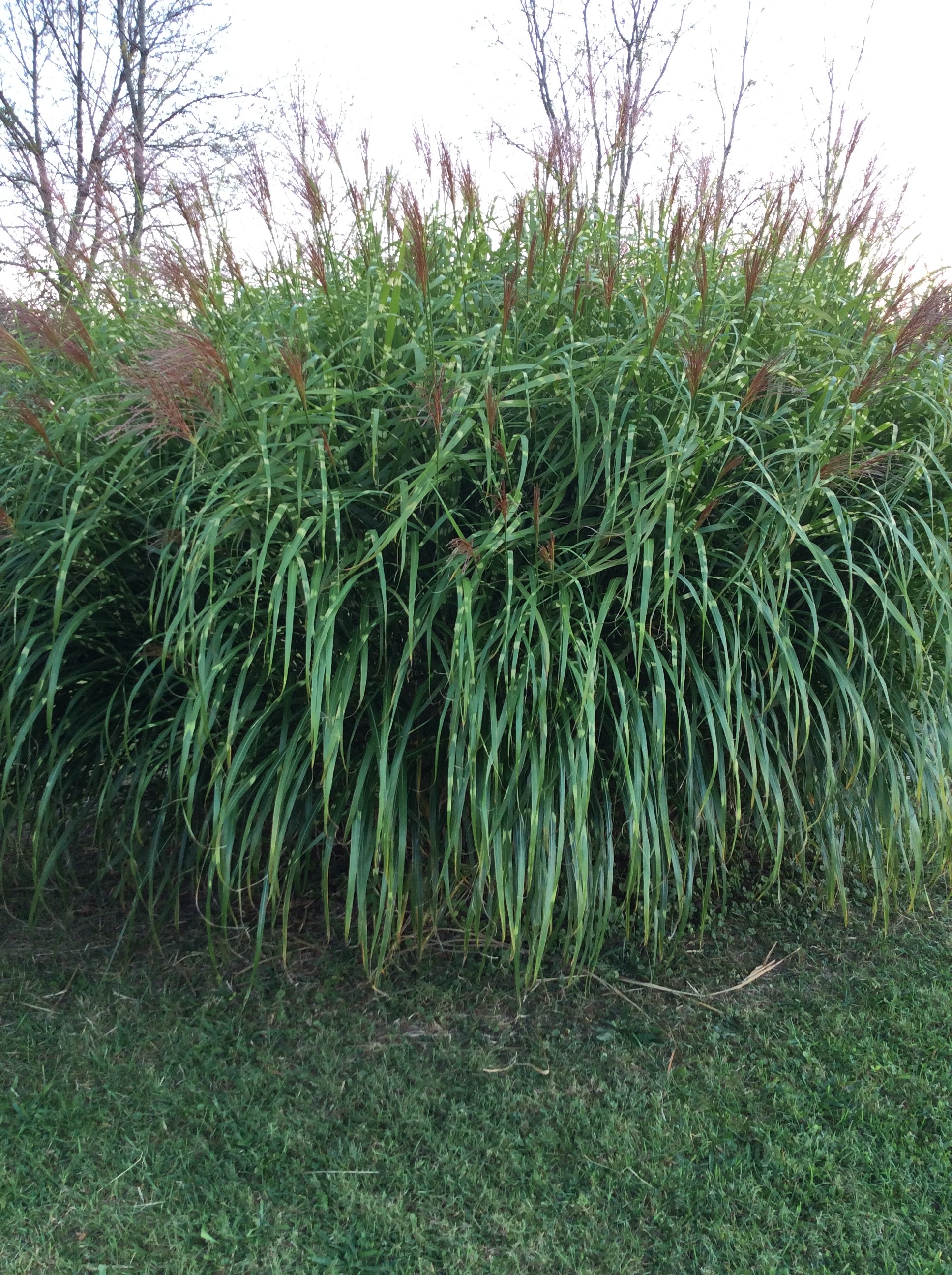
South American Elephant Grass Ohio Plants EEOB 2210
Elephant grass is a beautiful, hardy plant that makes a great addition to any landscape. It's easy to grow and propagate in USDA zones 8 to 11, so you can start your own little patch of elephant grass in no time. How to Plant Elephant Grass Seeds? Here's how to do it. 1. Prepare your planting space

elephant grass media Encyclopedia of Life
May 5, 2023 Source: Wikimedia Elephant grass can grow taller than you. Yes, you read that right. This amazing plant can reach heights of up to 13 feet (4 meters), making it one of the tallest grasses in the world. But that's not the only thing that makes elephant grass special.
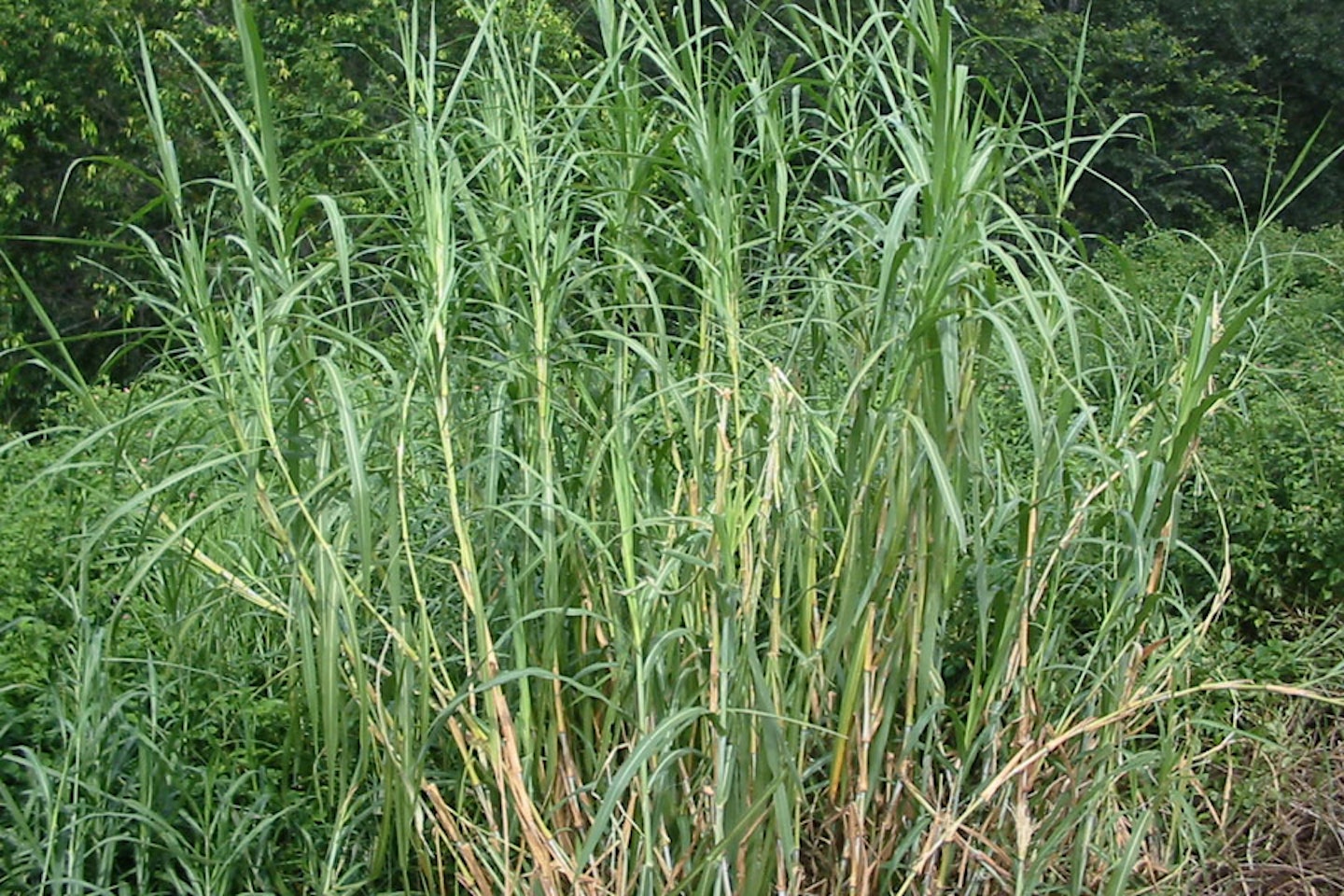
Elephant grass
Step 1: Germinate The Seeds Properly Autumn and spring are the best seasons for growing Elephant Grass. Even though grass can be sown all year, it grows more quickly in the spring when it is in tiny plants. Paper towels, filter paper, and even newspaper are great germination mediums for seeds.

The Biofuel Potential of Elephant Grass
2 years after planting the roots of our Mscanthus Giganteus grass have become established enough to produce shoots of over 12 ft tall. The grass will fill in.

Elephant Grass BioEnergy Consult
Utilization With its picturesque growth, Chinese reed is best suited for single planting in perennial beds. Smaller species such as the dwarf china reed 'Adagio' (Miscanthus sinensis) or the small zebra reed can also be planted in small groups or tubs.
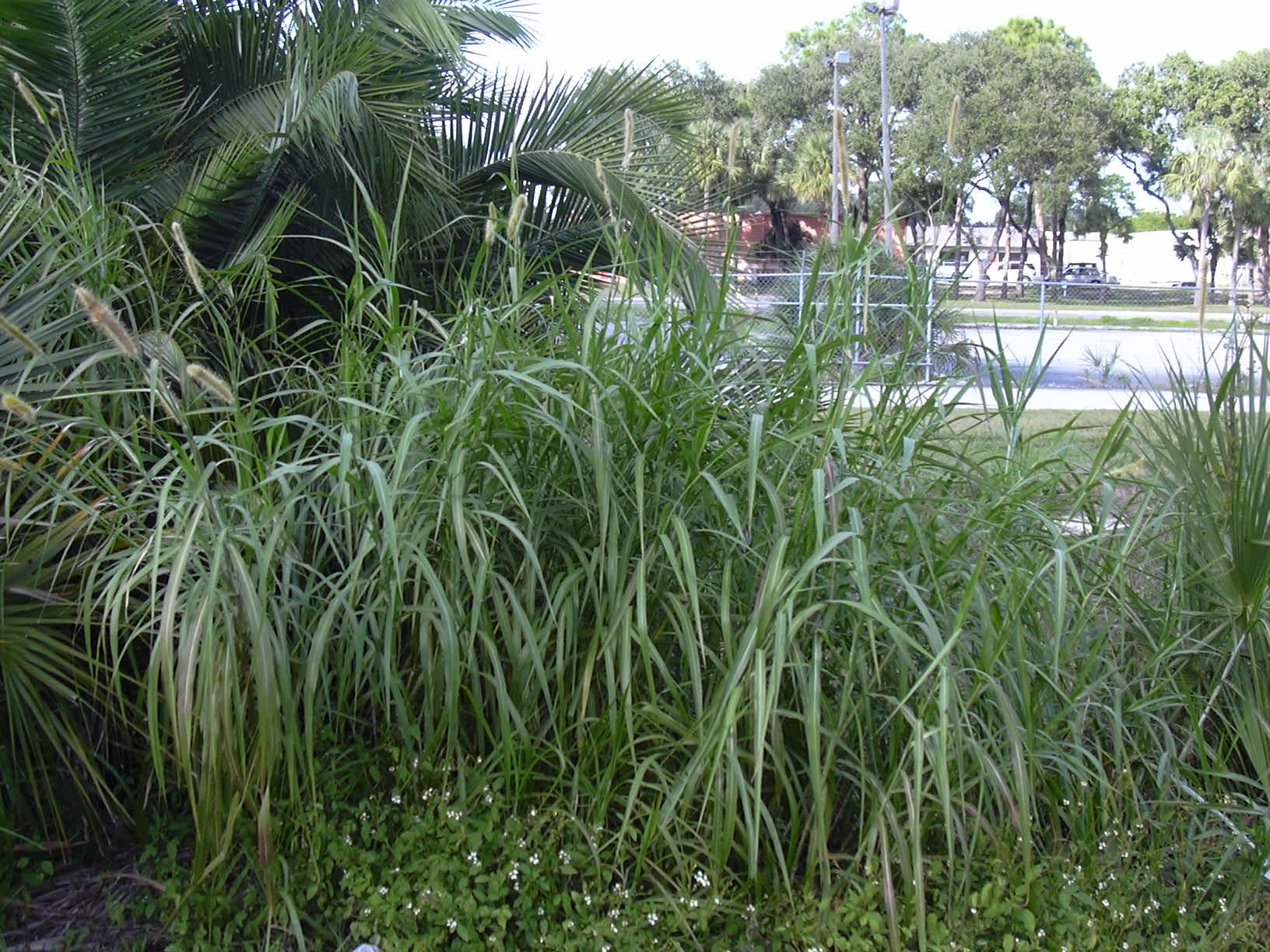
elephant grass media Encyclopedia of Life
Elephant grass (Miscanthus) is one of the most beautiful and largest grasses with a height of up to three metres functioning well as wind and noise protection. The sturdy stems and slender long leaves of this perennial grow very quickly with little maintenance once established and naturally stores an exceptionally high amount of CO2 (up to six.
WHAT IS ELEPHANT GRASS? The Garden of Eaden
Looking for Elephant Ear Plants? We have almost everything on eBay. No matter what you love, you'll find it here. Search Elephant Ear Plants and more.

elephant grass (Cenchrus purpureus)
P. purpureum is a robust perennial grass widely naturalized in tropical and subtropical regions of the world. This C 4 grass is included in the Global Compendium of Weeds where it is listed as an agricultural and environmental weed as well as an invasive species (Randall, 2012). P. purpureum is an aggressive grass that grows rapidly, colonizing new areas and forming dense thickets.
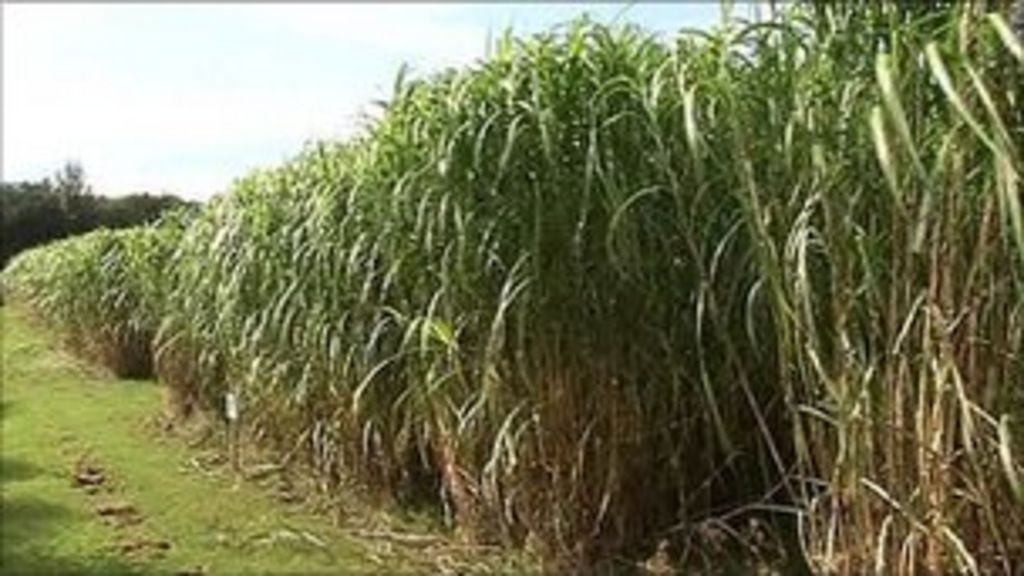
Council to grow elephant grass as biofuel at Fiskerton BBC News
Napier grass, also known as elephant grass, Uganda grass, or pennisetum purpureum, is a tropical grass native to Africa. It is popular as a feed crop for livestock, and is also useful for attracting pest insects away from important food crops, such as maize. [1] In the US, it is sometimes used as an ornamental plant. [2]

elephant grass (Cenchrus purpureus)
Species Characteristics. Family: Poaceae. Habit: large perennial grass with erect stems that grow to 15 feet tall. Leaves: flat and strap-like, up to an inch-and-a-half wide, and several feet long. They have fine-toothed margins, and sparse hairs on the leaf surface. The ligule is composed of long hairs. Flowers: cylindrical spike at the top of.

My People My World Elephant grass for pet animals
Elephant grass, also known as Napier grass or Ugandan grass, is type of tropical plant that belongs to the grass family. It originates from Africa, but it can be found around the world today. Elephant grass grows in the pastures, open woodlands, wastelands, along the lakes and rivers and near the roads.

South American Elephant Grass Ohio Plants
A world wonder! By Editorial Team / Interests, Environment Elephant grass soars across the African savanna. It's a place for birds to nest, a bounty for elephants to eat, and an unmistakable feature on the African plains. Certain animals love it, but it spells danger for others.
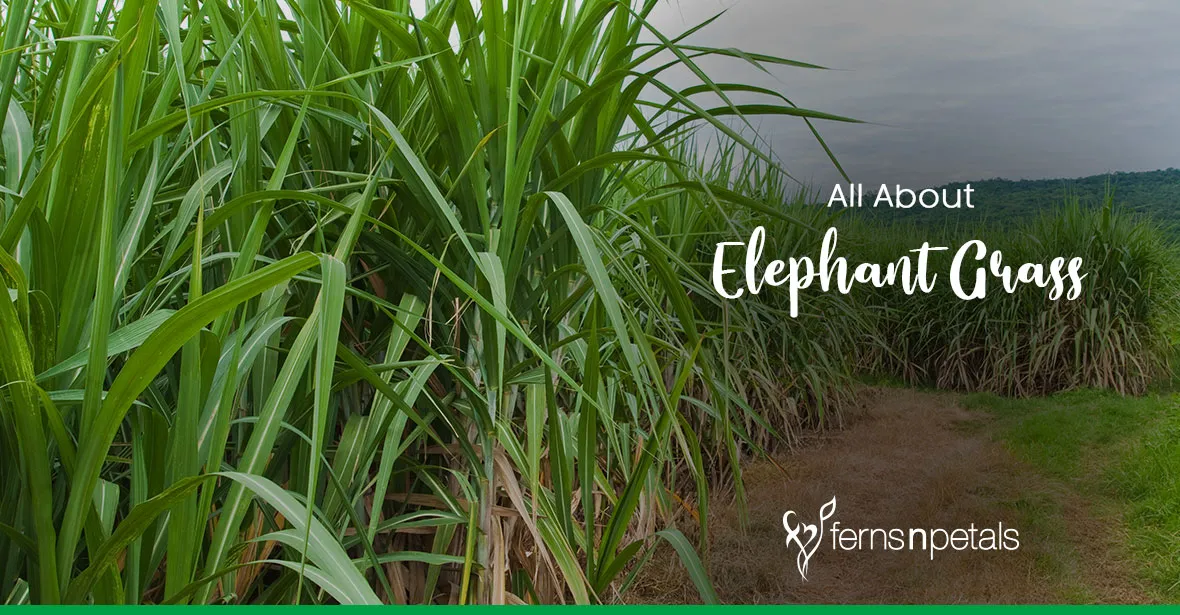
Everything you Need to Know About Elephant Grass Ferns N Petals
Cenchrus purpureus, synonym Pennisetum purpureum, [1] also known as Napier grass, elephant grass or Uganda grass, is a species of perennial tropical grass native to the African grasslands. [2] It has low water and nutrient requirements, and therefore can make use of otherwise uncultivated lands. [3]